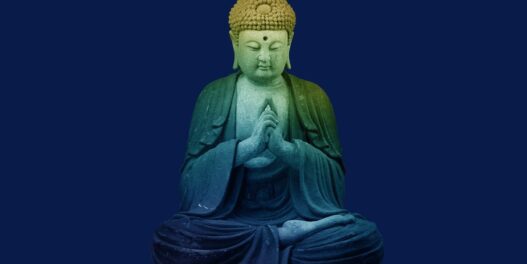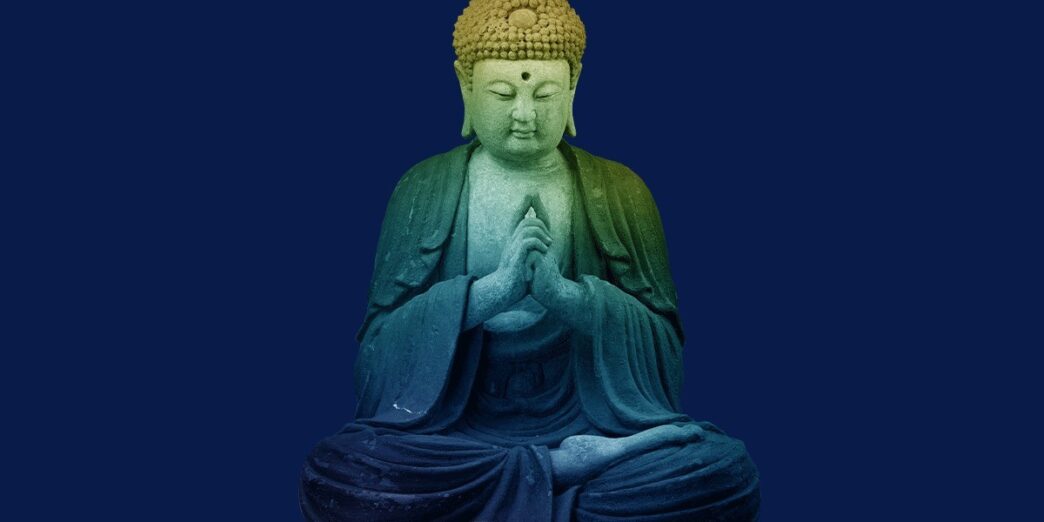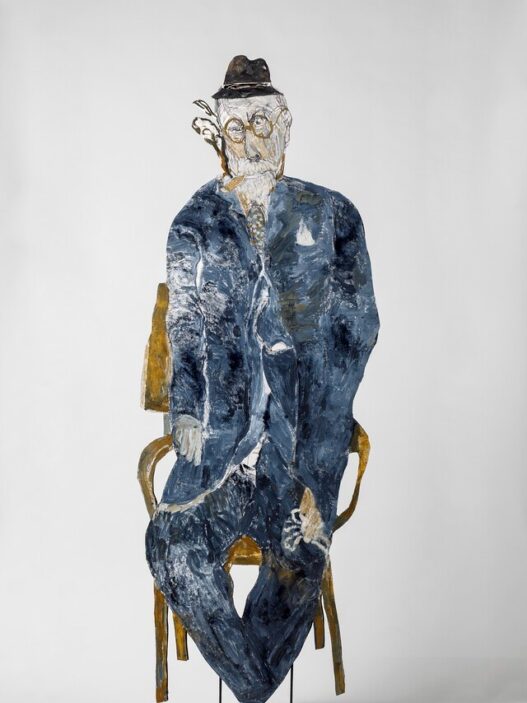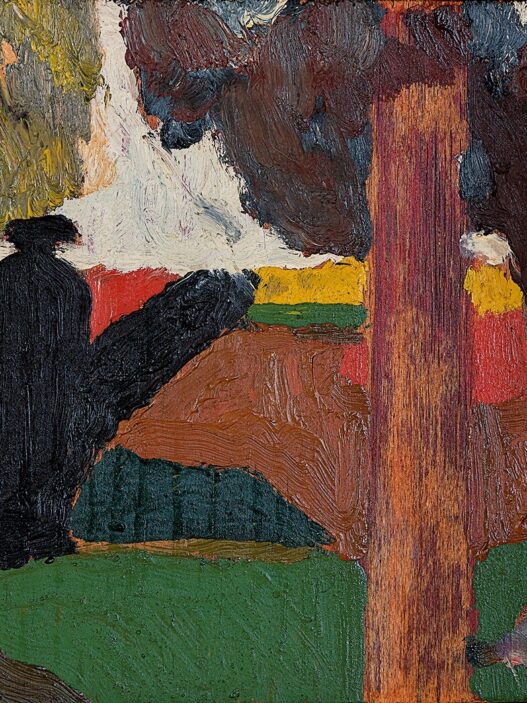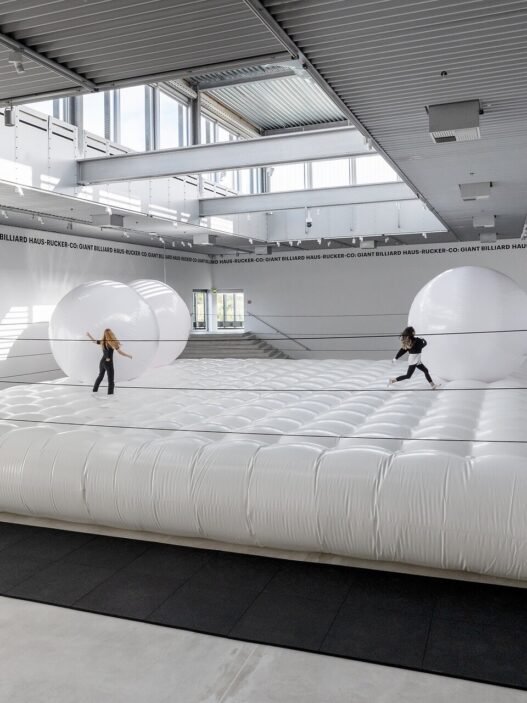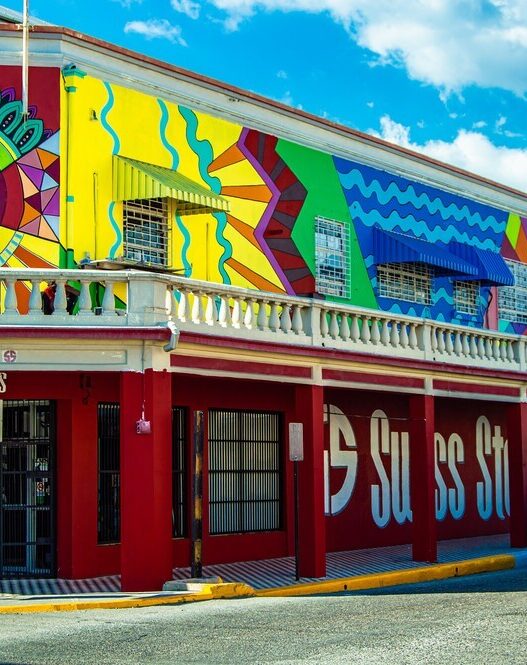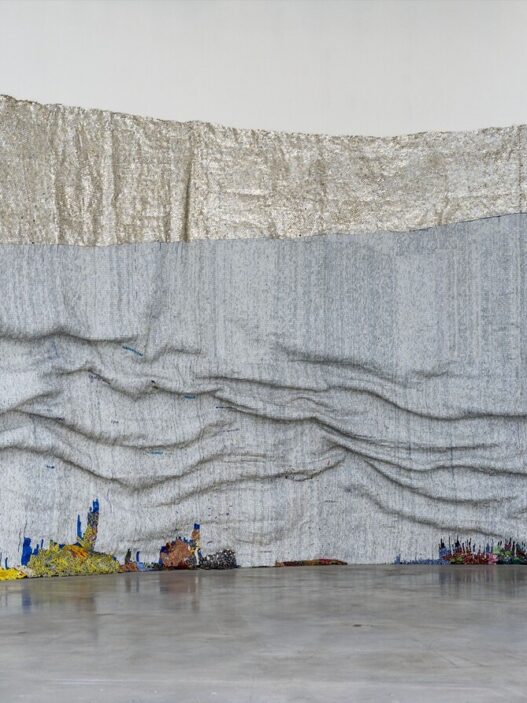October 20, 2022–September 3, 2023
Public program: October 19, 2022–April 27, 2023
What did the ritual items in the MAO permanent collection originally signify and how were they used and perceived? Why and how did they come into the collection of the museum and other Asian art museums in Europe? Also, given that aesthetic preferences and techniques have changed throughout time, what problems are presented by conservation and restoration? What connection exists between Buddhism and modern technology?
These are the issues that the new exhibition is based on. Buddha^10. A project that begins with pieces from the permanent collection and looks at challenges that affect the museum, its holdings, and what it means to manage, maintain, and present Asian creative history in a western setting is a fragmented display on Buddhist visual evolution.
In an essential and evocative layout in the galleries for temporary exhibitions, more than twenty large wood and stone Buddhist statues from different periods (between the 5th and 19th centuries) from the MAO collection will be displayed alongside a few sculptures—including over 30 votive bronzes from the Auriti collection as well as two extraordinary stone heads from the Tang Dynasty —from the Museo delle Civiltà, Rome, and a major loan from the Museo d’Arte Orientale E. Chiossone, Genoa.
In a dialectical and diachronic relationship, some of the works will be put in opposition to one another, while others will be put in dialogue with one another. This will allow for reflection on a variety of themes, including the relationship between what is true and what is false and between science and religion, how restoration can either reveal or conceal, how two very different restoration techniques can significantly alter two very similar works, how light affects how people perceive art, and much more. Additionally, a virtual reality (VR) experience of Cave 17 at the Tianlongshan Buddhist complex will be made available to visitors in association with the University of Chicago.
Stefano Mancuso, a professor at the University of Florence and the creator of the International Laboratory of Plant Neurobiology, and Andrea Anastasio collaborated on a site-specific project to build a garden that will welcome people and purify the air at the start of the exhibition.
To support this dynamic, intercultural approach, the exhibition will be enriched by works by contemporary artists, offering new interpretations on the museum’s collection, its use, and its public reception. Artists include Lu Yang, Xu Zhen, Wu Chi-Tzung, Charwei Tsai, and Zheng Bo, among others, whose works will be an integral part of the exhibition. In particular, Zheng Bo’s installation Drawing Life is also part of the exhibition The Mountain Touch at the Museo della Montagna, while Charwei Tsai’s Ah! is one of three installations in the project So Will Your Voice Vibrate created for Artissima Internazionale d’Arte Contemporanea, Turin, in collaboration with GAM and Palazzo Madama. The exhibition will be further enriched by site-specific projects and musical performances by Italian and international artists, including Lee Mingwei and Amosphère.
The exhibition will benefit from a close collaboration with the Venaria Reale center for restoration, as well as scholarly contributions from experts in various fields, including Puay-Peng Ho, Director of the Department of Architecture, Design, and Environment, University of Singapore; Wu Hung, Harrie A. Vanderstappen Distinguished Service Professor of Art History and the College and Adjunct Curator, Smart Museum of Art, University of Chicago; Laura Vigo, Curator of Asian Art and Archaeology, Montreal Museum of Fine Arts and Professor of Chinese Art, Université de Montréal, Canada; Maria Luisa Giorgi, Curator, Museo delle Civiltà, Rome; Loretta Paderni, Curator, Museo delle Civiltà, Rome; You Mi, Professor of Art and Economies, University of Kassel/documenta Institute; Francesca Tarocco, Professor of Buddhist studies and Chinese religions and Director of The NICHE at Ca’ Foscari University, Venice; Filippo Comisi, Contract Professor of Chinese Archaeology and Art History, University of Macerata; Claudia Ramasso, Curator, Southern Asia and South-East Asia, MAO Museo d’Arte Orientale, Turin.
Public program “Evolving Soundscapes” reservation required at eventiMAO [at] fondazionetorinomusei.it. Complete program details here.
MAO Asian Art Museum, Turin
Via San Domenico, 11
10122 Turin
Italy
www.maotorino.it
Facebook / Instagram









